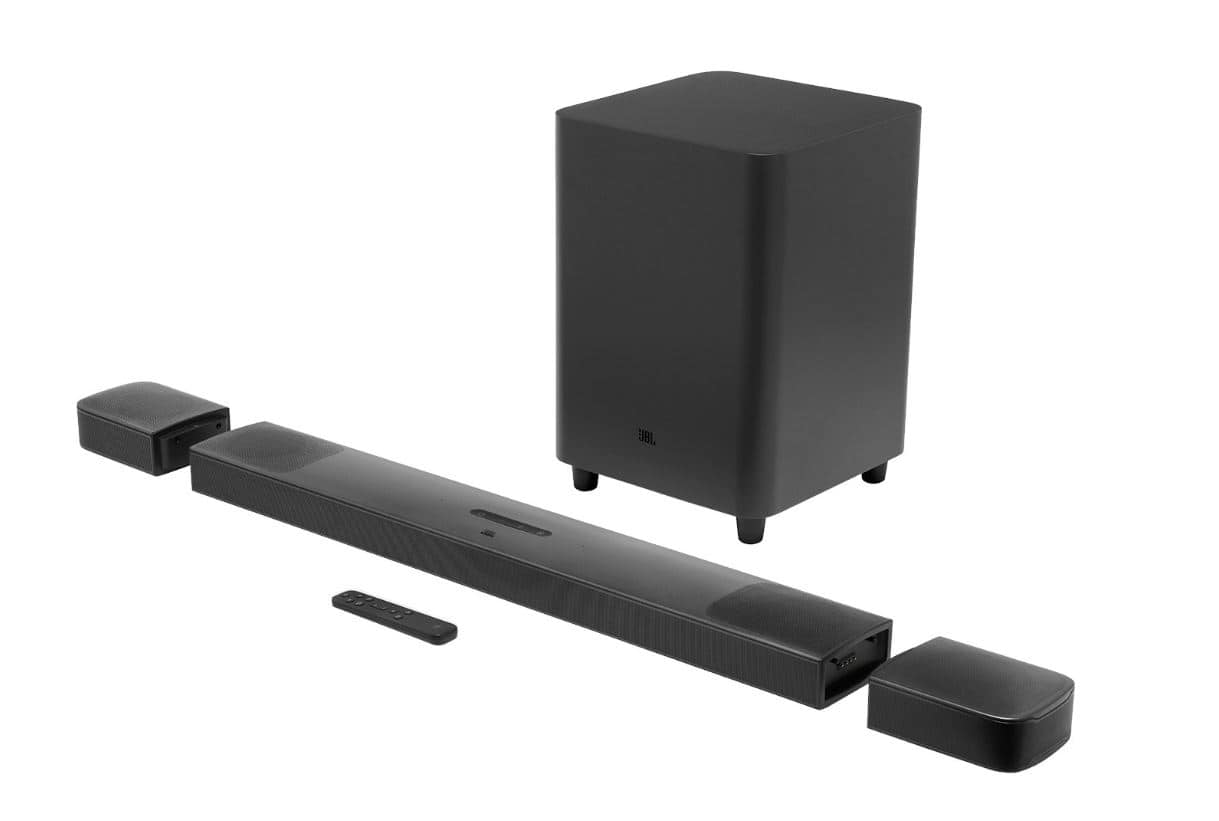In recent discussions about global military capabilities, the Iranian Qader missile has emerged as a significant topic. This sophisticated piece of technology, often featured in defense analyses, provides a unique glimpse into Iran’s strategies for maritime and coastal defense.
Introduced to the public in 2011, the Qader missile is an example of Iran’s growing focus on self-sufficiency in military technology. Designed for anti-ship purposes, the Qader missile enhances Iran’s ability to protect its long coastline and vital economic interests. With a range of approximately 200 kilometers, it is engineered to strike enemy vessels with precision from a safe distance.
The creation and subsequent deployment of the Qader missile are part of a broader effort by Iran to maintain a formidable defensive posture. The Qader is classified as a cruise missile, which means it can travel long distances at high speeds while maintaining a low flight path, thus avoiding radar detection. This capability makes it a formidable tool in defending the strategically important Persian Gulf and the Strait of Hormuz.
The development of the Qader missile highlights Iran’s emphasis on indigenous military innovation. As tensions in the region ebb and flow, the existence of advanced systems like the Qader serves as a reminder of the complex dynamics at play. Equipped with modern guidance systems and significant firepower, the Qader missile underscores not only Iran’s focus on defense but also its pursuit of strategic deterrence in a volatile geopolitical landscape.
Breaking News: The Untold Impact of Iran’s Qader Missile on Global Naval Strategy
The Qader missile’s emergence has significant implications far beyond Iran’s borders, influencing global military strategies and regional power dynamics. While well-documented are its technological advancements and defensive capabilities, less discussed is the ripple effect it has on neighboring countries, international shipping, and global security frameworks.
Why does the Qader missile matter to neighboring countries? Iran’s commitment to enhancing its military capabilities with the Qader missile creates ripple effects throughout the Persian Gulf region. Neighboring countries may feel compelled to escalate their own defense systems, potentially igniting a regional arms race. This could destabilize existing alliances and alter diplomatic engagements aimed at maintaining peace.
Impact on Global Shipping and Trade: The Qader missile’s operational range includes critical global trade routes, particularly the Strait of Hormuz, through which a significant portion of the world’s oil supply passes. Any perceived threats in this vital corridor could disrupt international shipping, elevate oil prices, and impact economies worldwide.
Controversies and Debates: As Iran continues to advocate for its sovereign rights to defensive innovation, debates arise regarding the fine line between defense and aggression. The Qader missile could be seen as a stabilizing deterrent or a provocative escalation, depending on the lens through which it is viewed.
Enduring Questions: Does this innovation provide a blueprint for other nations seeking indigenous military advancement? How will global powers respond to an increasingly self-sufficient Iran?
For insights into defense technologies and implications, visit globalfirepower.com and janes.com.






















